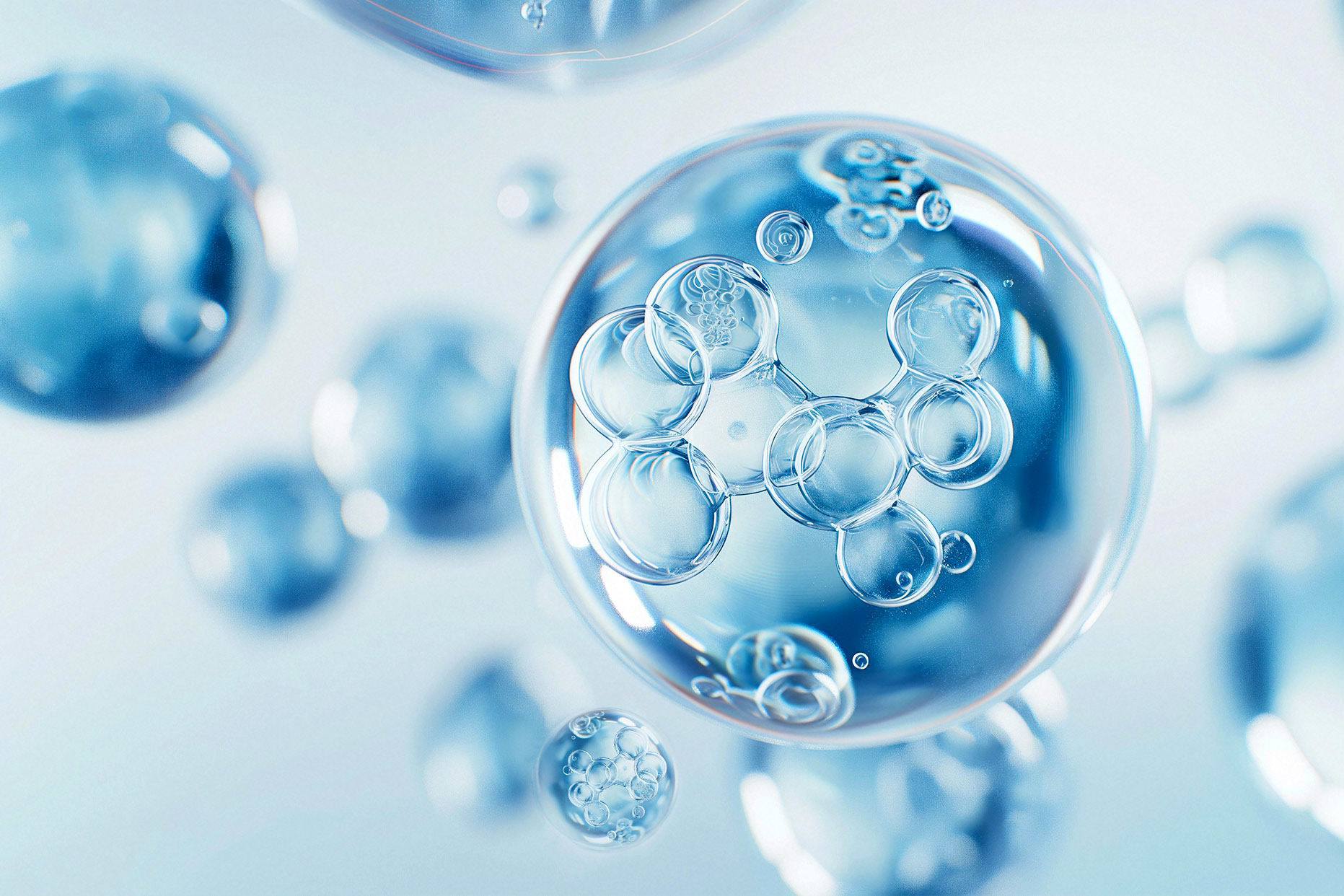The Inner Workings of Lithium Hydroxide: A Game Changer in Energy Storage
Jun 19,2025
Unraveling the Mystery of Lithium Hydroxide
When you think of cutting-edge technology and sustainable energy, Lithium Hydroxide pops up as a key player. This compound is not just a fancy term thrown around in scientific circles; it’s a powerhouse of potential that’s transforming batteries and energy storage systems. So, let’s dive into the nitty-gritty of how Lithium Hydroxide works and why it’s all the rage these days!
What is Lithium Hydroxide?
Simply put, Lithium Hydroxide is a chemical compound made up of lithium and hydroxide ions. It has gained prominence primarily in the production of lithium-ion batteries, which are crucial for everything from smartphones to electric vehicles (EVs). Oh, and let’s not forget its role in other industrial applications like lubricants and ceramics!
How Does Lithium Hydroxide Work?
Now, here’s where it gets interesting. The working principle of Lithium Hydroxide in batteries revolves around its ability to absorb carbon dioxide (CO2) and its efficiency in facilitating the movement of lithium ions. When you charge a lithium-ion battery, lithium ions travel from the anode to the cathode through the electrolyte, which, in many cases, contains Lithium Hydroxide.
This process not only enhances energy storage capacity but also improves battery life. Think of it as a well-oiled machine—when everything works in harmony, the result is a seamless flow of energy and efficiency.
The Environmental Edge
With the world increasingly leaning towards sustainability, Lithium Hydroxide is a breath of fresh air. Its ability to sequester CO2 makes it a valuable asset in combating climate change. By utilizing this compound, industries can minimize their carbon footprint while maximizing energy output. Talk about killing two birds with one stone!
Applications of Lithium Hydroxide
Besides its stellar performance in batteries, Lithium Hydroxide has a myriad of other applications. For instance, it’s used in:
- Air Purification: Its CO2 absorption capabilities make it ideal for scrubbing systems in submarines and spacecraft.
- Heat-resistant Greases: In the automotive industry, it’s utilized in high-performance lubricants that can withstand extreme temperatures.
- Ceramics: It’s also found in the production of ceramics and glass, providing strength and durability.
Future Prospects
The future of Lithium Hydroxide looks bright—literally! As the demand for electric vehicles surges and renewable energy sources become more prevalent, the need for efficient energy storage systems will only grow. Researchers are continuously exploring ways to enhance the properties of Lithium Hydroxide, ensuring it remains at the forefront of battery technology.
Moreover, with advances in recycling technologies, we may soon see Lithium Hydroxide recycled from old batteries, creating a more sustainable cycle. It’s like the gift that keeps on giving!
In Conclusion
So, there you have it! The inner workings of Lithium Hydroxide are as fascinating as they are essential. Whether it’s powering your next electric car or helping industries cut down on emissions, this compound is set to play a pivotal role in the energy landscape of the future. Buckle up, because the ride is just getting started!







